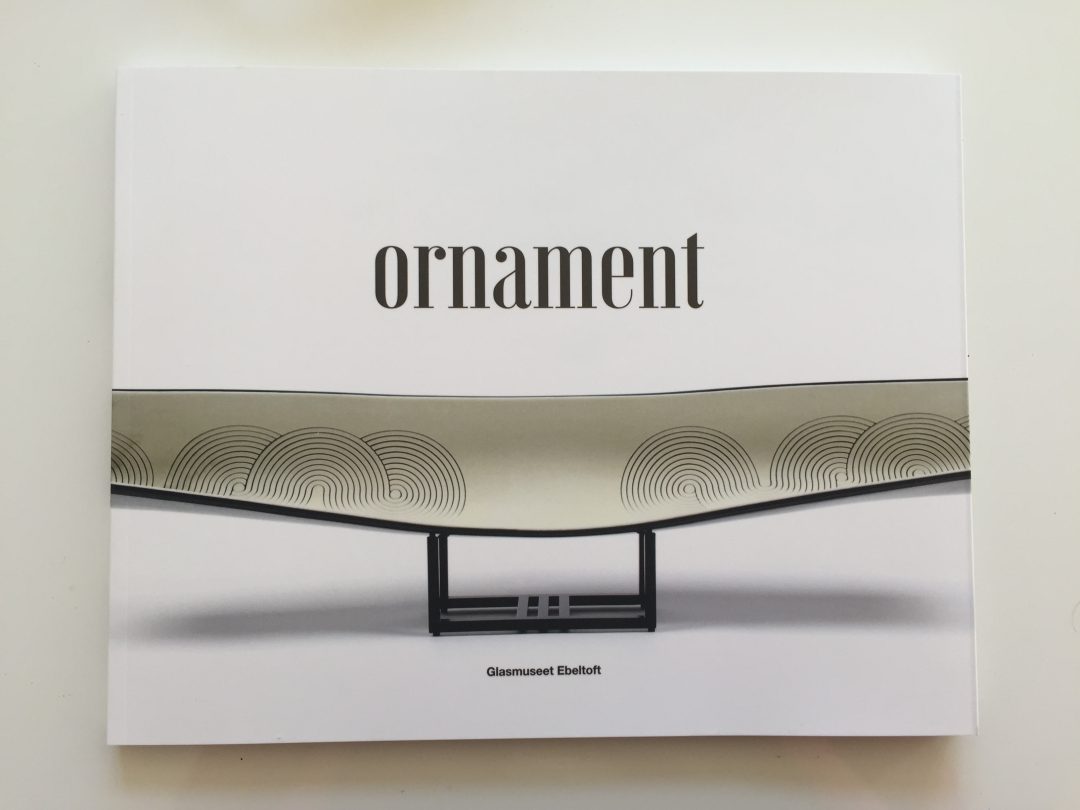„Ornament und Verbrechen“ – so lautet der oft polemisch falsch zitierte („Ornament ist Verbrechen“) Titel eines berühmten Aufsatzes des Architekturkritikers und Kulturpublizisten Adolf Loos aus dem Jahr 1908.
Man muss sich unbedingt seine Zeit vergegenwärtigen und ihren Geist, um seine Gedanken besser zu verstehen und zu entschlüsseln. Hier in aller Kürze einige Eckdaten zu Loos: Der 1870 in Brünn im damaligen Österreich-Ungarn geborene Loos war bereits 1893 mit nur 50 Dollar in der Tasche in die USA gereist, wo ein Bruder seines früh verstorbenen Vaters lebte. Nach drei Jahren kehrte er zurück und ließ sich endgültig in Wien nieder. Neben seiner publizistischen Arbeit war er als Architekt und heute würde man sagen Designer tätig. Er pflegte enge Kontakte zu Künstlern wie Arnold Schönberg oder Oskar Kokoschka und gilt als einer der Wegbereiter der modernen Architektur mit ihrer Programmatik von „form follows function“. Unbedingt zu erwähnen ist seine oft übersehene kritische Distanz zum Bauhaus, das ebenfalls bis heute gerne falsch verstanden wird.
Besonders spannend sind die Überlegungen von Adolf Loos gerade deshalb weil zum einen Ornament und Objekt oft nicht differenziert gegeneinander abgegrenzt werden und zum anderen weil wir inzwischen in einen vergleichbaren Diskurs getreten sind: den über das Verschwinden des Objekts. In unserer neuen Welt „sharen“ wir und besitzen nicht mehr. Zukunftsfähig scheint nur das zu sein was sich den neuen Technologien anpassen kann. Das sind Thesen, vielleicht auch Behauptungen, deren Wahrheitsgehalt sich noch erweisen muss, auch wenn unsere Haltung heute schon von ihnen beeinflusst wird.
Gerade deshalb lohnt sich der kulturhistorische Blick auf das Ornament wie ich bei meiner Lektüre der wirklich interessanten und spannenden Katalogessays zur Ausstellung „Ornament: A Panorama of Colours and Patterns“ in Ebeltoft feststellen konnte. Einen Vorgeschmack finden Sie in Dan Mølgaards Beitrag „Ornamentation – for dummies and other ordinary mortals!“
Erst im Rückblick werden Entwicklungslinien erkennbar, wird klarer was mit wem und warum zusammenhängt. Und eben weil diese Rückschau beim Ornament so beispielhaft ist, stellt sie die Thesen von heute, die nicht hinterfragbar scheinen, in ein ganz eigenes Licht.
Wahr oder Falsch? – Adolf Loos schrieb vor über 100 Jahren:
„der moderne mensch, der sich tätowiert, ist ein verbrecher oder ein degenerierter. es gibt gefängnisse, in denen achtzig prozent der häftlinge tätowierungen aufweisen. die tätowierten, die nicht in haft sind, sind latente verbrecher oder degenerierte aristokraten. wenn ein tätowierter in freiheit stirbt, so ist er eben einige jahre, bevor er einen mord verübt hat, gestorben.“
„Die Architektur gehört nicht unter die Künste. Nur ein ganz kleiner Teil der Architektur gehört der Kunst an: das Grabmal und das Denkmal. Alles, was einem Zweck dient, ist aus dem Reiche der Kunst auszuschließen!“
Auch heute wird viel erzählt. Es lohnt sich den Blick zu schärfen und sein Denken in der Kunst der Differenzierung zu üben. Wer will schon jedes Märchen glauben.

